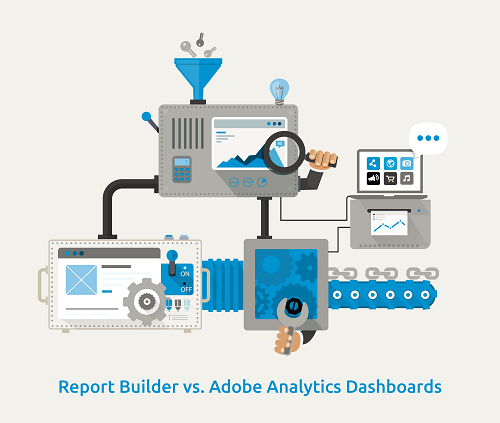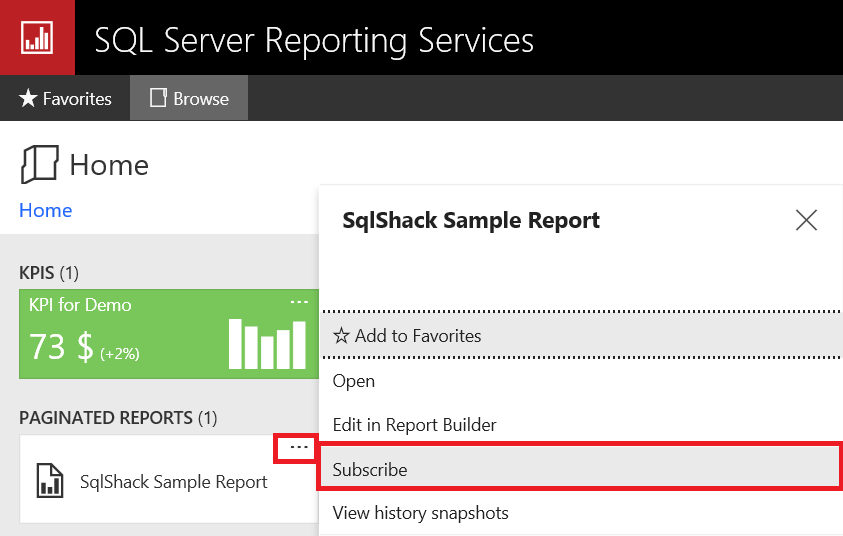

Report builder 2014 license#
In this case, you will be required to enter a parameter during installation that indicates your acceptance of the license terms.

Report builder 2014 windows#
Un-attend Installation - this is a Windows command Line set-up process that does not have an interactive user interface to guide you through the set-up process. This includes the displaying, acknowledgement, and archiving of the applicable SQL Server license terms. Microsoft SQL Server Report Builder for Microsoft SQL Server has two different methods to complete the installation process: Attended Installation - an interactive user interface will guide you through the set-up process and obtain all of the information and consent required to complete the installation. SQL Server Reporting Services SSRS 2017 Website Security and Options System Requirements Supported Operating System. Report Builder provides a productive report-authoring environment for IT professionals and power users.ĭetails Version. Warning: This site requires the use of scripts, which your browser does not currently allow. Use parameters and filters to filter data for customized views.Selecting a language below will dynamically change the complete page content to that language. Modify your data by filtering, grouping, and sorting data, or by adding formulas or expressions.Īdd charts, gauges, sparklines, and indicators to summarize data in a visual format, and present large volumes of aggregated information at a glance. You can use table-valued functions to design custom data sources.

Report from a variety of data sources.īuild reports using data from any data source type that has a Microsoft.

Reports can embed other reports and charts, together with lists, graphics, and controls for dynamic Web-based applications. Create table reports for column-based data, matrix reports like cross-tab or PivotTable reports for summarized data, chart reports for graphical data, and free-form reports for anything else. Create paginated reports with table, matrix, chart, and free-form report layouts. Report items such as tables, matrices, charts, and images can be published as report parts. Report parts can be reused in other reports. Report parts are report items that have been published separately to a Reporting Services report server in native mode or in SharePoint integrated mode. You can also add a Microsoft Bing map tile background. Start with the Map wizard to create reports that display aggregated data against a geographic or geometric background. Choose a data source connection, drag and drop fields to create a dataset query, select a layout and style, and customize your report. Start with the Table, Matrix, or Chart wizard. Shared datasets are queries based on a shared data source and saved to a Reporting Services report server in native mode or in SharePoint integrated mode. This paginated report features a matrix with row and column groups, sparklines, indicators, and a summary pie chart in the corner cell, accompanied by a map with two sets of geographic data represented by color and by circle size. You can also publish a paginated report to the Power BI service. Then publish your report to a Reporting Services report server in native mode or in SharePoint integrated mode and earlier. You can preview your report in Report Builder. When you run the report, the report processor takes the report definition you have specified, retrieves the data, and combines it with the report layout to generate the report.
Report builder 2014 how to#
When you design a paginated report, you're creating a report definition that specifies what data to retrieve, where to get it, and how to display it.


 0 kommentar(er)
0 kommentar(er)
